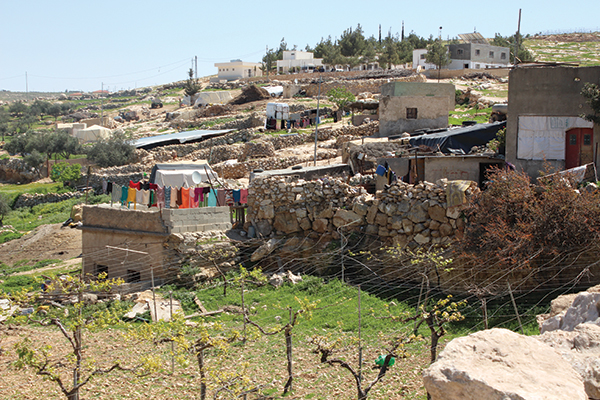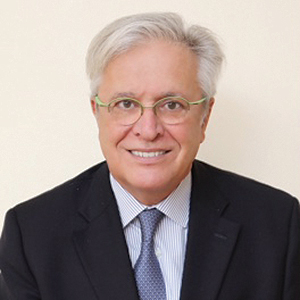
Op-ed by UN-Habitat Executive Director,
Dr. Joan Clos
My visit to the State of Palestine comes at a crucial moment for global development. In the coming weeks, world leaders will adopt the Post-2015 Universal Agenda that consists of seventeen Sustainable Development Goals and 169 targets that aim at ending poverty and improving the lives of the world’s population by 2030. One of these goals focuses on sustainable cities and human settlements. Almost all of the other goals are linked in one way or another to urbanization.
The new development agenda is a strong global commitment to achieving sustainable development. But what does this new development agenda mean for the State of Palestine? Globally, the majority of the world’s population is now urban. Looking at the State of Palestine, in the West Bank approximately seventy percent of the population live in urban areas, mostly in Bethlehem Hebron, Jerusalem, Nablus, and Ramallah; in Gaza, eighty percent of the population does.
But urbanization is not simply a demographic phenomenon. It is a broader force. When managed well, urbanization is a driver for sustainable development, which can potentially help the world to effectively tackle some of its major challenges, such as ending poverty and addressing the issue of climate change. At UN-Habitat, which is the UN agency mandated to promote sustainable urbanization, we promote a new and more positive approach to urban issues. We strongly believe that effective urbanization is a choice, a human choice that is not achieved by chance but by design and political will. The positive outcomes of urbanization depend largely on the quality of that design.
In the case of the State of Palestine, it is clear that there are many challenges to harnessing urbanization as a positive force for development. It is hard to see how urbanization can foster development in Palestine, where over sixty percent of the West Bank, known as Area C, is under a restrictive planning process that is discriminatory and not in conformity with international humanitarian and human rights law. Or in Gaza, where recurrent conflict has killed thousands of people, devastated the urban space, destroyed and damaged thousands of homes, and where reconstruction is proceeding too slowly. Or Jerusalem, where I see one city divided by multiple growing inequalities.
Urbanization, as a positive force for development in Palestine, is a phenomenon significantly interrupted by the occupation. Yet, there is no development without urbanization, a fact we have to acknowledge against the long process of final political settlement leading to two states living side by side in peace and security. To be clear, the UN seeks a just resolution to issues including the demarcation of borders, Israeli settlements, the status of Jerusalem, water and natural resources, the Gaza blockade, and Palestinian refugees, together with affirmative actions to cease the destruction of Palestinian property.
UN-Habitat – as articulated through its recent analysis on East Jerusalem, Area C, and Gaza and as echoed in the One UN Position Paper on Spatial Planning in Area C – believes there are practical measures that can be taken to foster sustainable urbanization for the State of Palestine, which in turn can improve the conditions for peace. Central to UN-Habitat’s perspective on urbanization is that spatial and urban planning must be used as a means for delivering human rights, not denying them. Hence, UN-Habitat considers the approval of the Master Plans that have been submitted by Palestinian communities for Area C to be an imperative step for the implementation of an inclusive planning and zoning regime that will enable Palestinians’ residential- and community-development needs to be met across the entirety of the State of Palestine. For Gaza specifically, Israel must end the blockade to allow the cities to build back better through innovation and participatory urban planning approaches.
Looking ahead, the UN system has begun preparations for Habitat III, the UN Conference on Housing and Sustainable Urban Development that will take place in Quito, Ecuador in October 2016. The new urban model that we are promoting as a basis for the conference addresses all three dimensions of sustainable development: the economic, social, and environmental. Our primary objective is to plan “for a better urban future,” where cities and human settlements become inclusive, safe, resilient, and sustainable. Palestinians should not be excluded from this high endeavor. Our unwavering commitment to the State of Palestine is to support it in realizing the potential of sustainable urbanization – today, tomorrow, and in the years to come.
» Dr. Joan Clos is the Executive Director of UN-Habitat, which is mandated to promote socially and environmentally sustainable towns and cities with the goal of providing adequate shelter for all.


